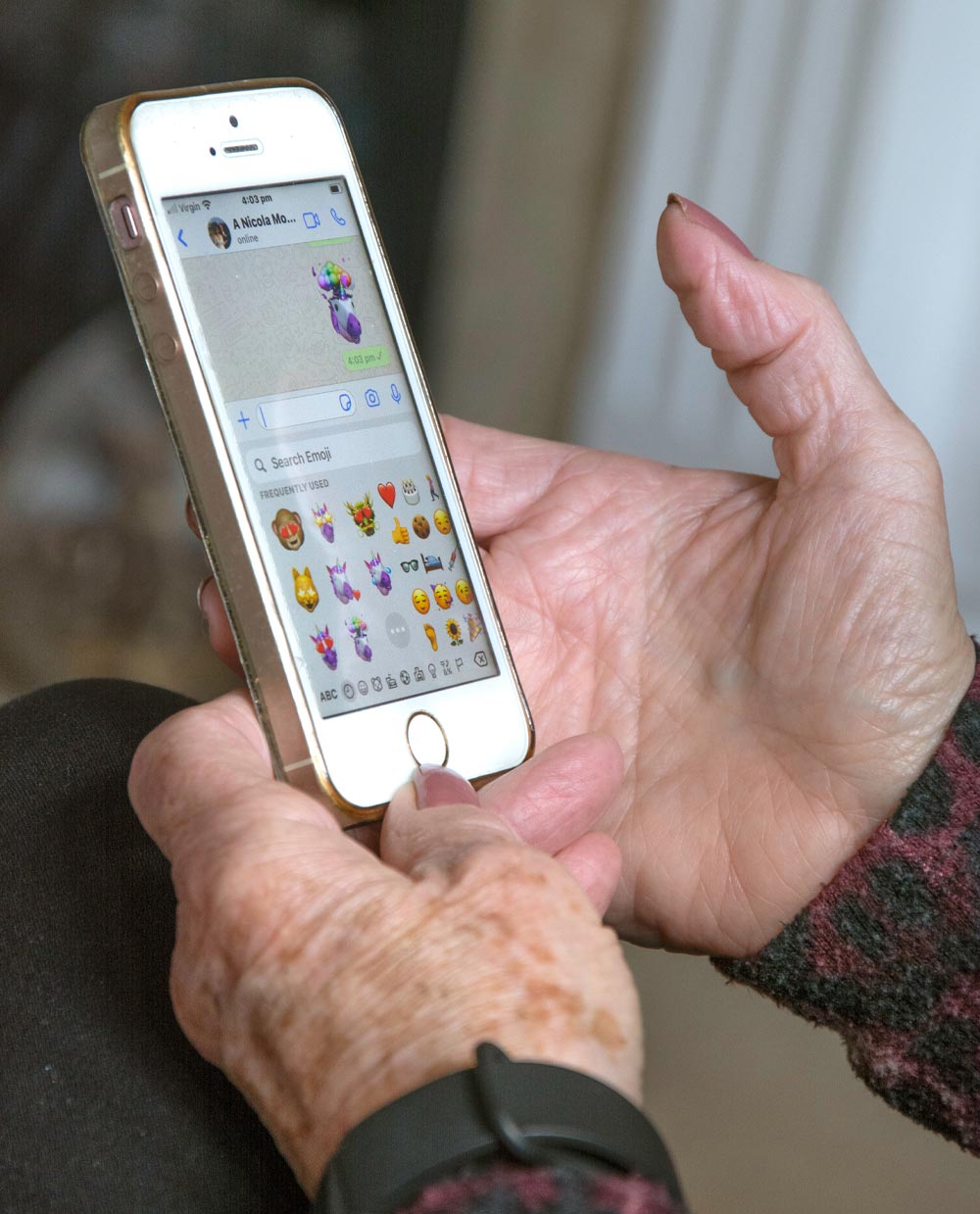Electronics for Elders

Photo by Katie Franklin on Unsplash
A Do-It-Yourself Guide
When I first decided to become a teacher, my mum suggested I practice first by teaching my dadi how to use her smartphone.
It made sense at the time, my dadi was 90 years old and couldn’t use any tech more advanced than a small analog cellphone with fat ridged buttons, countable pixels, and no camera to speak of. It wasn’t even data compatible. She was also notoriously stubborn when it came to tech so this was absolutely going to be a challenge.
Two years later, she’s video calling her kids abroad on a weekly and I have a part-time job tutoring her senior citizen neighbours. She also (begrudgingly) uses her hearing aid and watches Netflix on her laptop.
How did I manage this? How can you, too, manage this? How do you teach your senior parents, grandparents, uncles and aunts to be more tech savvy?
Well, it’s not easy, that’s for sure, but I’ll tap into my experience and walk you through it.
The first thing you need to remember is that, very often, people beyond a certain age don’t respond to new tech the same way we do. They don’t gush over new features, they don’t get excited about new functionalities and apps, they don’t experiment with new filters.
New tech is intimidating and daunting and confusing to them. They can’t catch up and things are all too often moving too fast for them to keep up. It happens to all of us, it’ll happen to you too, age slows you down and makes it harder for you to absorb new things and you start to default to the familiar and the simple. That’s why their phones still have buttons, for example.
Could you imagine learning math again as an adult? Does it stress you out and make you anxious thinking about it? As someone who teaches math, professionally, I’ve seen that stress with kids and adults with respect to mathematics and I’ve seen that stress with senior citizens with respect to smartphones and laptops. You have to be empathetic and understand their tensions or they won’t respond to you teaching them.
The next thing to remember is to take your time and be patient. Patience is essential in teaching senior citizens how to use new tech. Don’t rush them. They’ll progress at their own pace and that pace will most likely be slow so take a breath, relax, and accept that they won’t get there for a while.
My first month of teaching my grandmother was invested in teaching her how to lock and unlock her phone and how to open and close apps. She also spent that month getting a hang of the touchscreen. It’s a process and it’s often more glacial than you can imagine so temper your expectations accordingly.
Don’t forget to be consistent. Go over weekly and practice with them. The more they practice, the better they get at it and they will mostly only practice if you’re there to encourage them.
Spend time with them too, use that time to bond with them, make it fun for yourself so you’re excited to go over every week. Maybe it’s the food that brings you back every week. Maybe it’s the stories. Maybe you really enjoy their company and want to have as much time with them as possible. If it’s fun for you, it’ll be fun for them and they’ll be looking forward to learning more every week.
All in all, teaching our elders isn’t complex but it is slow work and it does take time. You need to commit to it and be passionate about getting them there if you want them to learn. Be empathetic. Be patient. Be regular.
Infact, I think my tips are pretty universal. Do this if you want to teach anyone anything.
At some point, your 92-year old grandmother, too, will be video calling her grandkids to ask about her great grandkids or watching Jodha Akbar for the 17th time (surprisingly, it didn’t take as long as I expected to get her here).
I’m relishing every moment.
